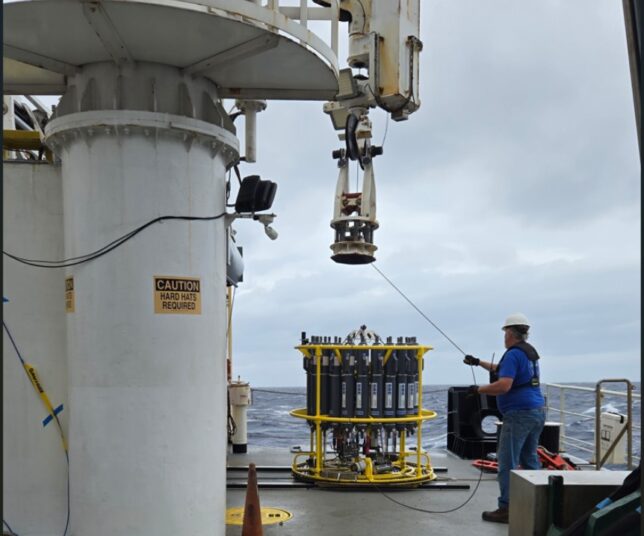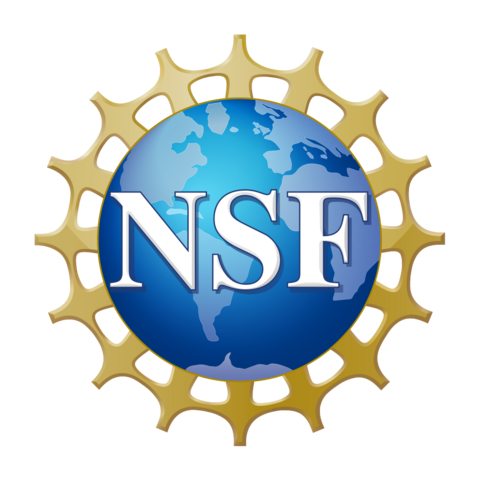Mushrooms are everywhere, popping up in gardens, forests, and even urban landscapes, showcasing an incredible diversity of shapes, sizes, and colors. Mushrooms belong to one of the six kingdoms of life: Fungi. While fungi’s roles in terrestrial ecosystems are broadly recognized and fungi were among the first eukaryotes to colonize the land (from aquatic environments), much remains unknown about fungi in marine environments, particularly the open ocean. Tiny (~1 mm) mushrooms have been found to colonize driftwood in coastal seawater, but in the open ocean fungi are microscopic: they are ten to a hundred thousand times smaller than a typical mushroom on land. On this chief scientist training cruise, I set out to answer a few basic questions that we still don’t have a very good handle of: 1) How many fungi are there in a drop of seawater? 2) Who are they? (are there any new lineages of fungi in the ocean?) 3) What do they do? (what are their impacts on biogeochemistry?) 4) How do they interact with other life forms in the ocean?
The answers to these questions have the potential to advance our view of the food web in the ocean and could contribute to solving existing mysteries in biological and chemical oceanography. To answer these questions, I collected water samples during this cruise. Some of the water samples are preserved for examination using a microscope and a flow cytometer in a land-based laboratory (to find out how many fungal cells there are). Others were flash frozen in liquid nitrogen and will be stored frozen until we isolate RNA and DNA from the cells, which will be used to determine who they are and what they can do. Additionally, I have started a culture collection of fungi isolated from the waters in the North Pacific Subtropical Gyre, which will allow me to perform experiments in a lab to study the interactions between oceanic fungi and other organisms such as bacteria.
Besides the opportunity to collect samples for the study of fungi in the ocean, this cruise integrates a team of early career scientists who study ocean biology and chemistry using diverse methods. The photos (and video) I took during various ship operations (see below) will be integrated into the lectures of an undergraduate introductory marine science course at the University of South Carolina that I teach every spring. These precious footages will serve as a primer to inspire the next generation of marine scientists.

Recovering CTD rosette

Caulking Bottles

Recovering Sediment Trap

Surface Plankton Net Tow

Recovering Incubation Array
